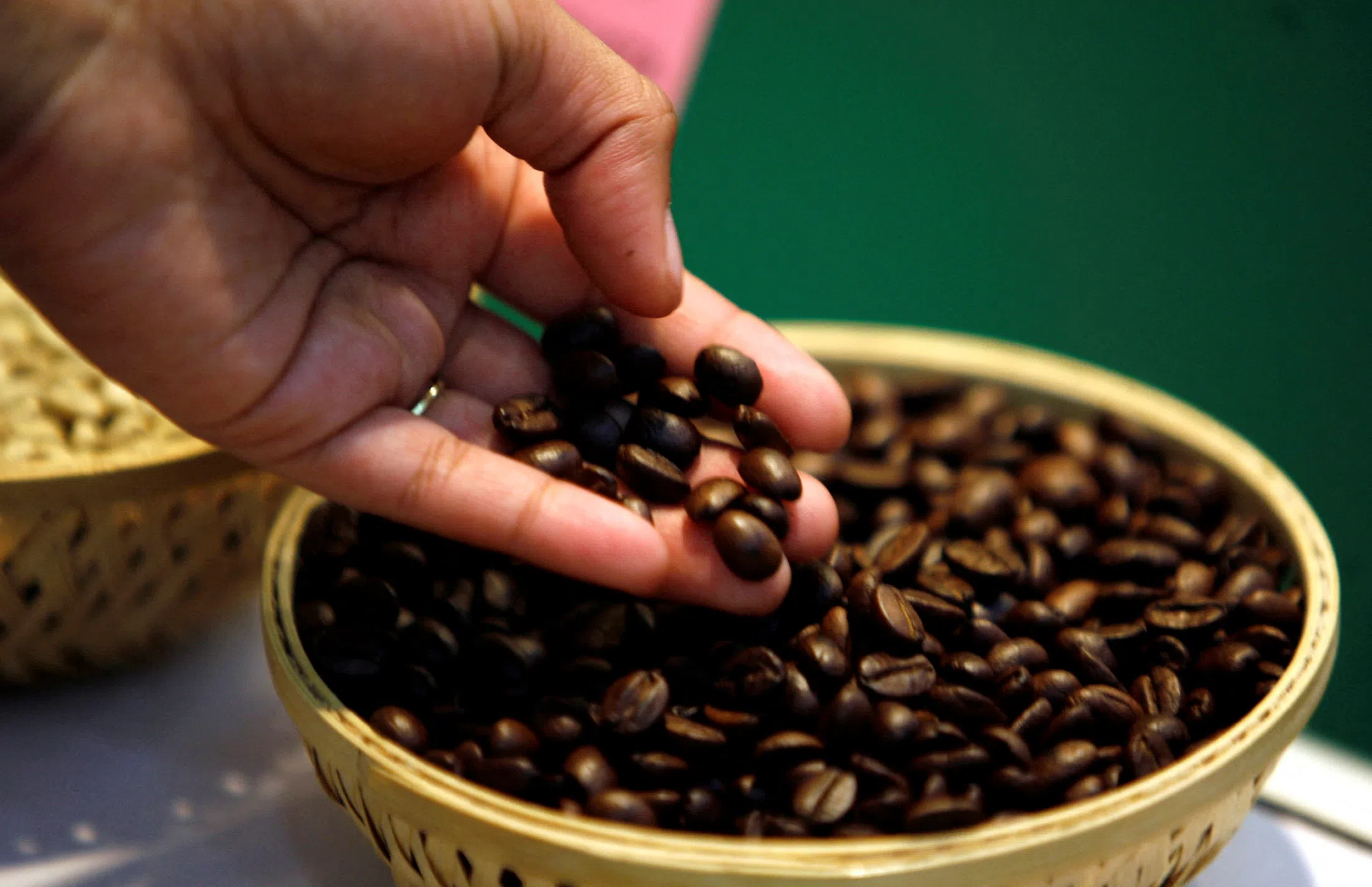[ad_1]
COFFEE prices are expected to extend their meteoric surge with the hoarding of beans and poor weather set to exacerbate a supply crunch in Vietnam, the world’s biggest producer of the robusta variety.
Local prices in Vietnam have rallied to an all-time high this year as farmers and middlemen continue to hold onto beans so they do not miss out on better deals after a weak 2023 to 2024 harvest. That’s made it tougher for exporters to source supply and sparked a record wave of defaults on existing contracts.
Climate change is fuelling increasingly erratic weather and drier conditions are set to compound the squeeze, with a global deficit expected for a fourth year. Vietnam accounts for about a third of the world’s supply of robusta beans, which are typically used for instant drinks and espresso coffee.
“We can’t tell when prices will peak,” said Tran Thi Lan Anh, deputy director of Vinh Hiep, a major Vietnamese exporter. Farmers and middlemen expect the cost of beans could reach as much as 150,000 dong (S$8) per kilogramme, up from the current level of around 130,000 dong, she added.
Swings in commodity prices take time to filter to the retail level, and smaller gains in the cost of arabica – the other major global variety – are helping shield some of the blow for coffee drinkers. Still, the chief executive officer of Tata Consumer Products, which makes instant coffee and pods, said this week that robusta prices are likely to stay volatile “for some time”.
Vietnam’s shortfall has helped drive benchmark futures in London up around 50 per cent this year, with prices hitting the highest level in at least 16 years. Hot and dry weather that’s baked vast parts of the South-east Asian nation has prompted concerns about the next harvest and the potential for even lower supply.
A NEWSLETTER FOR YOU

Asean Business
Business insights centering on South-east Asia’s fast-growing economies.
Many lakes used to irrigate crops in the Central Highlands are critically low and underground water sources have been depleted, said Trinh Duc Minh, head of the Buon Ma Thuot Coffee Association in Dak Lak province. He forecasts the 2024 to 2025 harvest from the province maybe 15 per cent lower than the estimated 520,000 tonnes collected in 2023 to 2024 – which is down on the previous year.
“We do not have water for our farms,” said Nguyen The Hue, who grows coffee across six hectares in the neighbouring province of Gia Lai, adding that some of his plants have been infested with white mealybugs due to hot weather. “If the drought persists, we won’t have lots of new beans to sell in the new season.”
For now, it’s the hoarding helping to drive prices higher. Some Vietnamese farmers have been relying on income from selling fruit to cover living expenses and production costs, allowing them to keep more coffee beans.
Farmers and middlemen have probably failed to deliver between 150,000 tonnes and 200,000 tonnes of contracted beans since Vietnam started the 2023 to 2024 harvest in October, according to estimates from seven traders compiled by Bloomberg. That’s equivalent to about 10-13 per cent of the harvested crop.
“It was terrible and beyond what I could imagine,” Le Duc Huy, chief executive officer of exporter Simexco Dak Lak, said during a meeting in Ho Chi Minh City earlier this month. Huy – a deputy chair of the Buon Ma Thuot Coffee Association – added that the company and other exporters incurred losses due to the defaults but were still able to deliver beans to global clients.
At the same meeting hosted by Vietnam’s coffee association, Nestle said the company had to source more beans from Brazil, Indonesia and India to maintain supply to its global factories. The country’s largest exporter – Intimex Group – said this month that Vietnam had to import around 200,000 tonnes of beans last year, a measure that has continued into 2024. BLOOMBERG
[ad_2]
Source link




